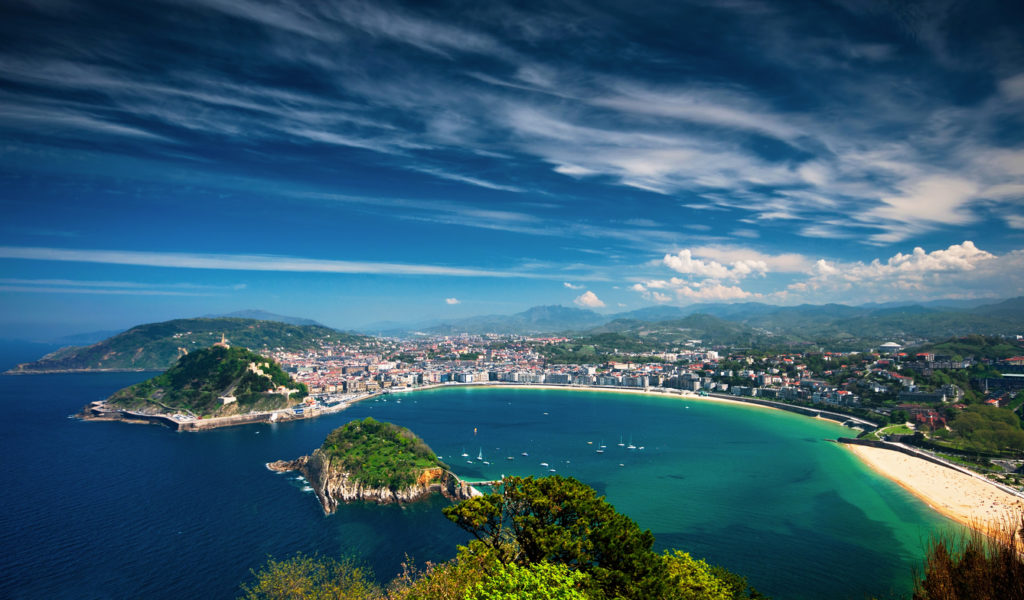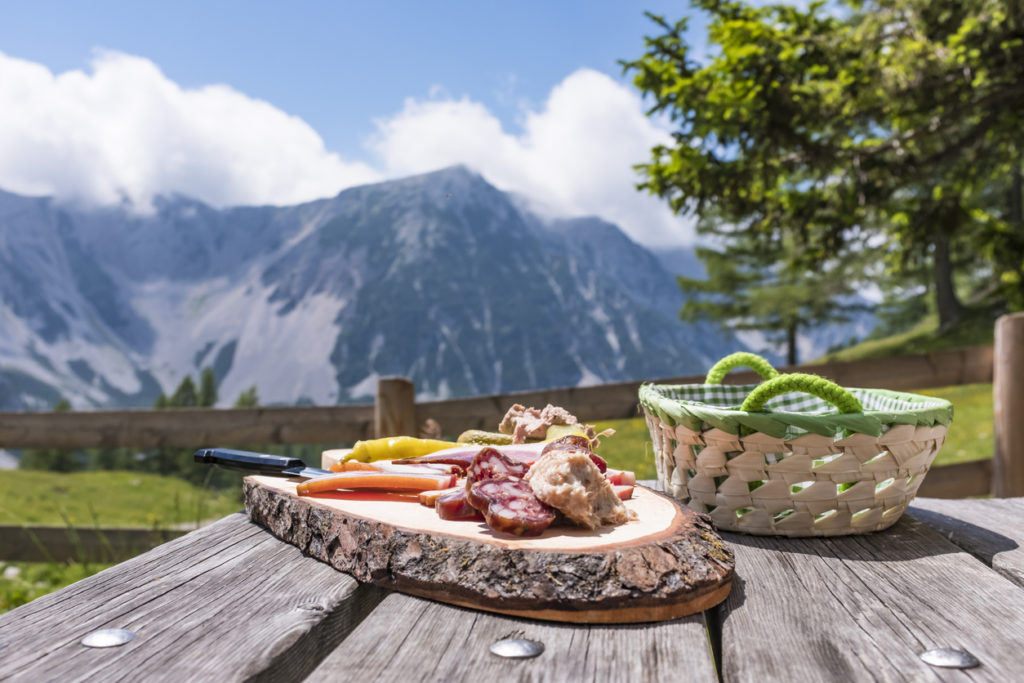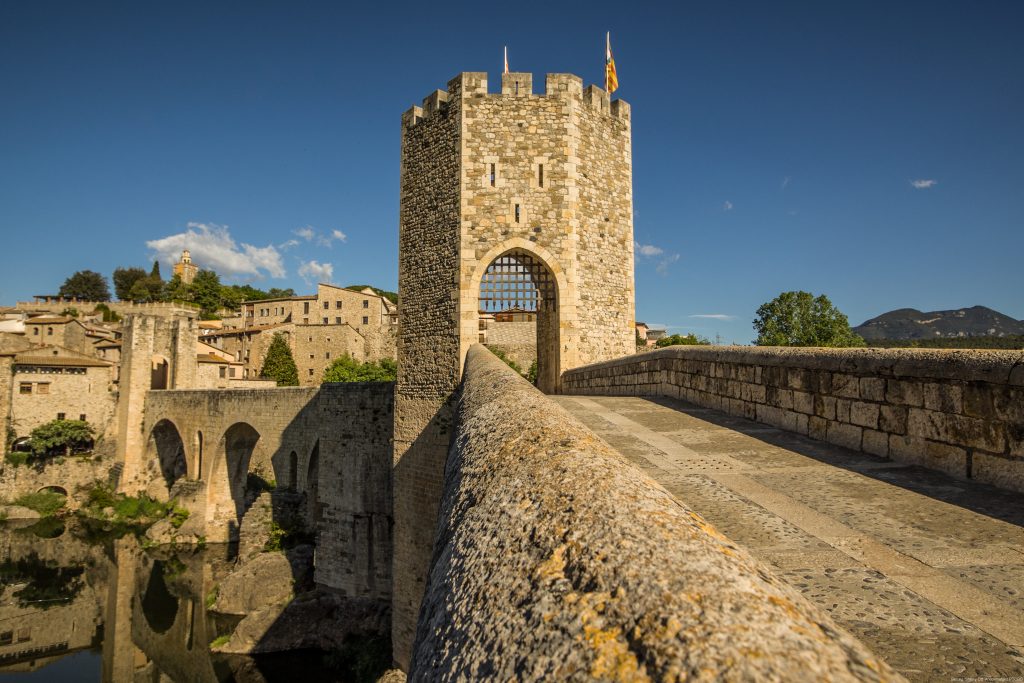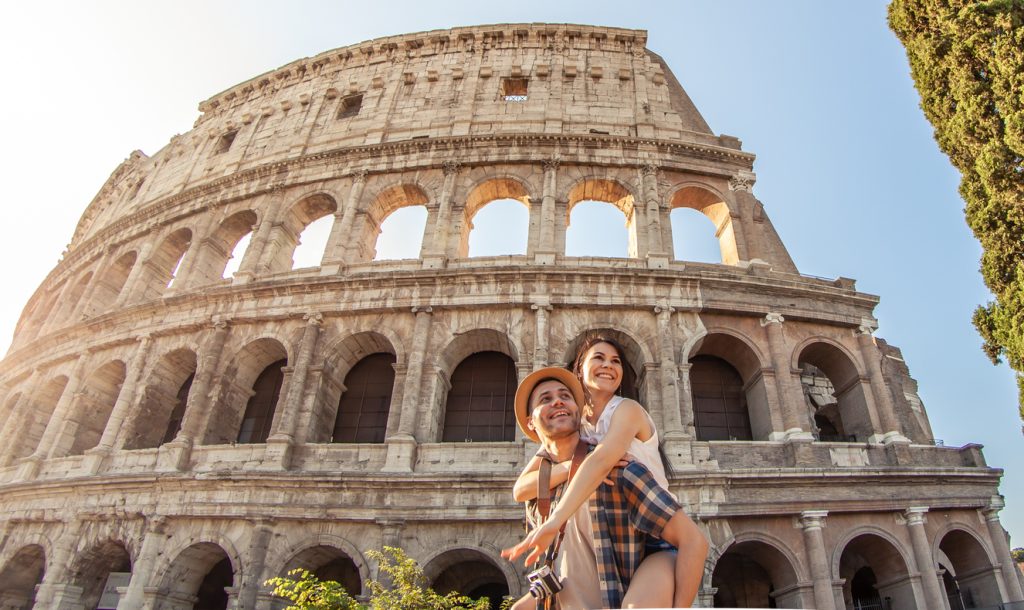
In the heart of Italy, where echoes of empire, artistry, and devotion whisper through ancient stone, lies Rome—The Eternal City. A place where history isn’t confined to dusty books or dim-lit museums, but spills out onto the cobbled streets, into fragrant trattorias, and across sun-soaked piazzas. Rome is not merely a city to visit. It is a city to experience, feel, and lose yourself in.
From the grandeur of the Colosseum to the hidden treasures of Trastevere, Rome enchants visitors with its tapestry of contrasts—sacred and secular, ancient and modern, chaotic and serene. Every corner holds a story, and every story, a heartbeat that has pulsed through the ages.

Walking Through Time
For those with even a whisper of interest in history, Rome is a living museum. Start your journey at the Colosseum, the vast amphitheatre that once staged gladiatorial combat and imperial pageantry. Despite the centuries that have worn down its grandeur, its immense structure still evokes awe and wonder. Step inside and let your imagination rebuild the tiers of spectators and the roar of 50,000 Roman citizens.
Adjacent lies the Roman Forum, a jumble of ruins that once formed the political and commercial hub of ancient Rome. With a little imagination—or a knowledgeable guide—columns, temples, and basilicas spring back to life, evoking a time when senators debated policy and emperors strolled through marble archways.
Not far away is the Pantheon, perhaps Rome’s most astonishing architectural feat. Built nearly 2,000 years ago and still impeccably preserved, its enormous dome—once the largest in the world—is a masterpiece of engineering. Step inside and watch the light spill through the oculus, illuminating the tombs of Italian kings and the great painter Raphael. Here, the grandeur of the gods meets the gravity of history.
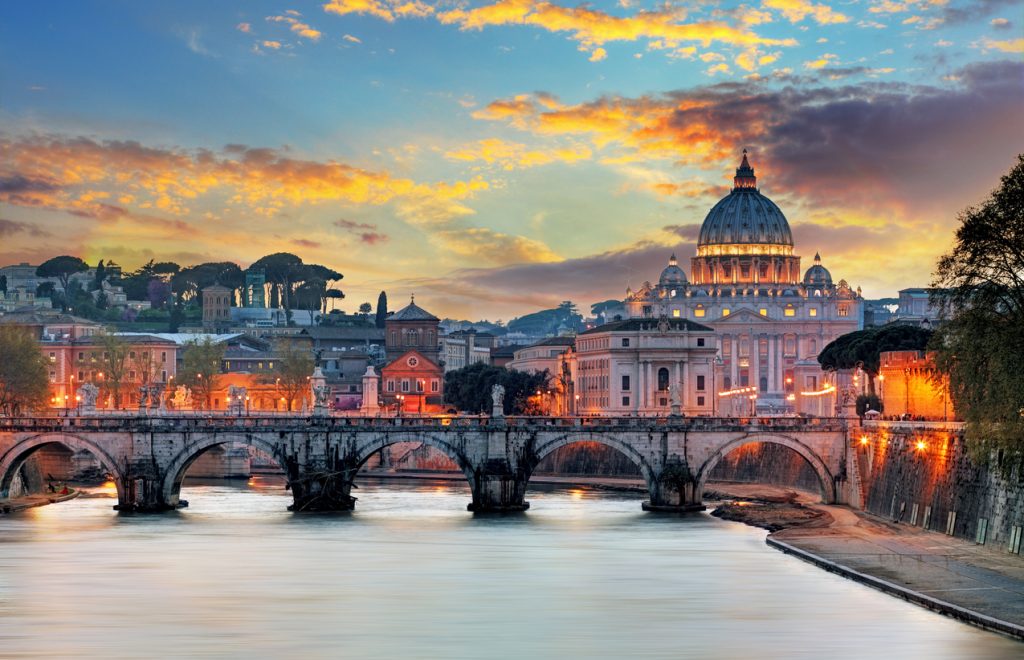
The Vatican
No visit to Rome is complete without entering Vatican City, the world’s smallest country and the spiritual heart of the Catholic Church. It houses treasures that transcend religion and belong to all of humanity.
Begin in St. Peter’s Basilica, whose baroque splendour and Renaissance artistry make it one of the most breathtaking religious buildings in the world. Climb to the dome’s summit for a panoramic view over St. Peter’s Square and the city beyond—a reward worth every step.
Then, immerse yourself in the Vatican Museums, a labyrinth of corridors, chambers, and galleries filled with millennia of art. The highlight is, of course, the Sistine Chapel, where Michelangelo’s ceiling frescoes unfold in scenes of divine drama and dazzling beauty. Stand beneath The Creation of Adam and feel the centuries fall away.
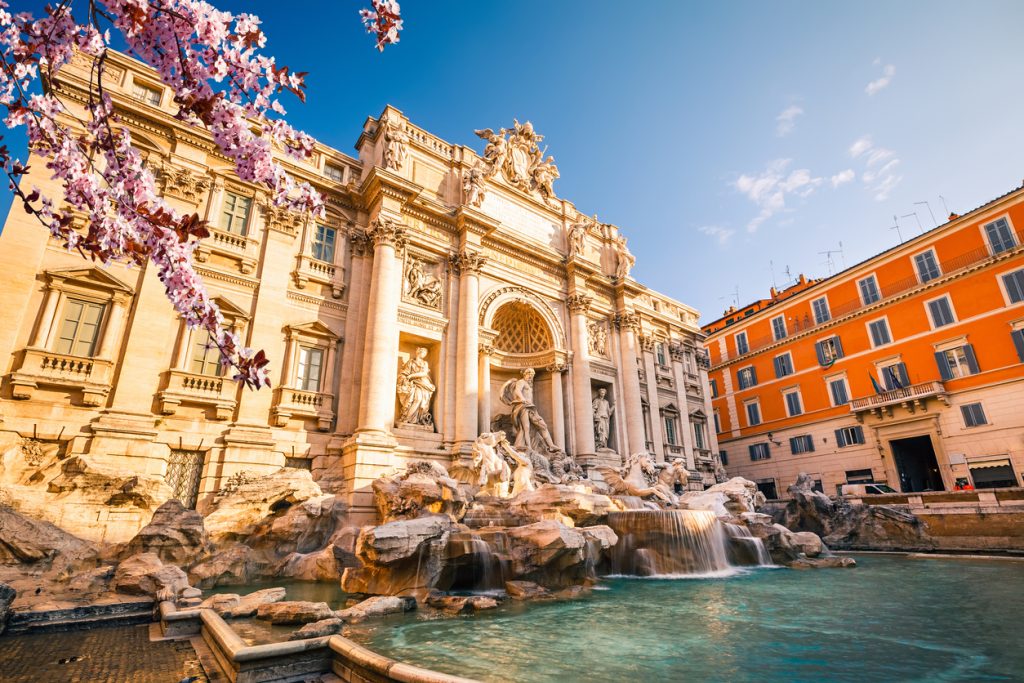
Piazzas and Fountains
But Rome isn’t just a city of relics and ruins—it’s a city that lives and breathes. To feel its pulse, head to one of its many piazzas. The Piazza Navona is one of the most celebrated, where Bernini’s Fountain of the Four Rivers dances at the centre of baroque elegance. Here, artists sketch portraits, waiters serve Aperol spritz, and the golden light of late afternoon casts a dreamy glow on pastel buildings.
A short walk away, toss a coin into the Trevi Fountain, promising your return to the Eternal City. The myth goes that one coin ensures a return to Rome, two coins lead to romance, and three to marriage. Whether you believe it or not, there’s a magic to the ritual that’s hard to resist.
At Piazza di Spagna, the Spanish Steps invite you to sit and simply watch the world go by. From the top, the view of Via dei Condotti’s chic boutiques contrasts with the timeless skyline of domes and bell towers. It’s the perfect place to appreciate Rome’s allure: both elegant and eternal.

The Most Delicious Food
Roman cuisine is deeply rooted in tradition—humble, hearty, and unforgettable. Start your culinary adventure with a plate of cacio e pepe, a deceptively simple dish of pasta, Pecorino Romano, and black pepper, executed with the precision of art. Then there’s carbonara, creamy without cream, made the Roman way with eggs, guanciale, and cheese.
For street food, grab a supplì—a deep-fried rice ball oozing with mozzarella—or try the city’s best pizza al taglio, sold by the slice and by weight, and often topped with seasonal ingredients.
End your meal with gelato, served in crisp cones and crafted with love in artisanal gelaterias. For the best experience, wander through Trastevere at twilight with a gelato in hand. The bohemian heart of Rome, this neighbourhood is a maze of ivy-draped alleys, candle-lit wine bars, and the comforting clink of glasses raised in laughter.
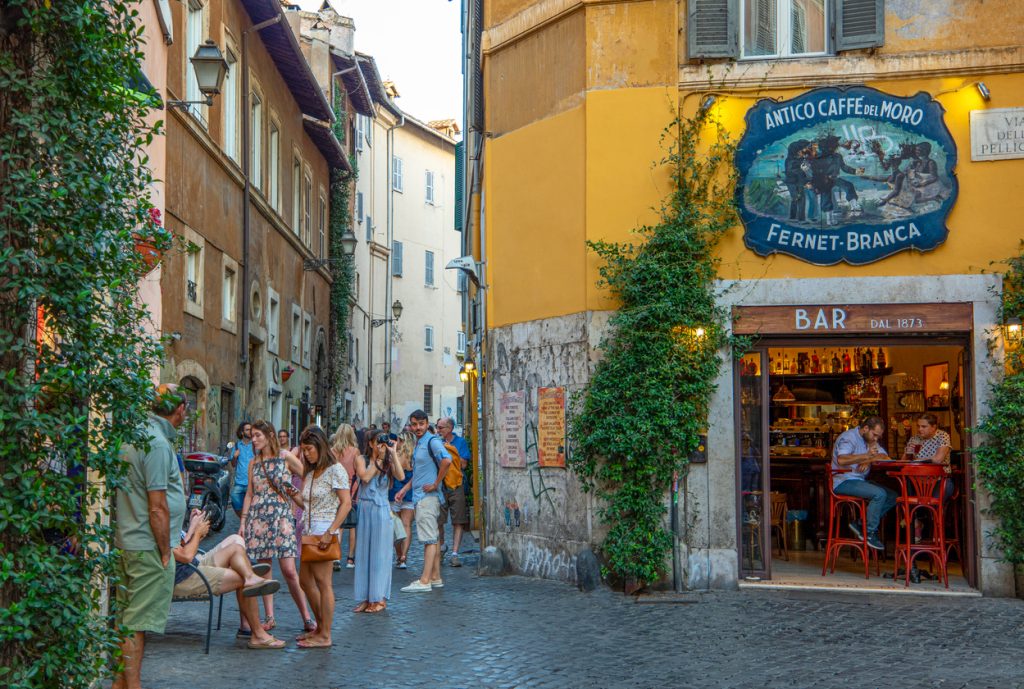
Hidden Corners and Local Secrets
Beyond the tourist hotspots, Rome has countless hidden gems. Venture into the Aventine Hill, one of the city’s fabled seven hills, and discover the Keyhole of the Knights of Malta. Peer through it and you’ll see a perfectly framed view of St. Peter’s Basilica, tucked within a leafy avenue—an almost magical moment.
Nearby is the Orange Garden (Giardino degli Aranci), a serene escape from the city’s buzz. Its terraces offer one of the most romantic views in Rome, especially as the sun sets in a blaze of orange and gold.
Another lesser-known wonder is the Appian Way (Via Appia Antica), one of the oldest roads in the world. Rent a bike and cycle past aqueducts, tombs, and scattered ruins, through an unchanging countryside where ancient Rome lives on.
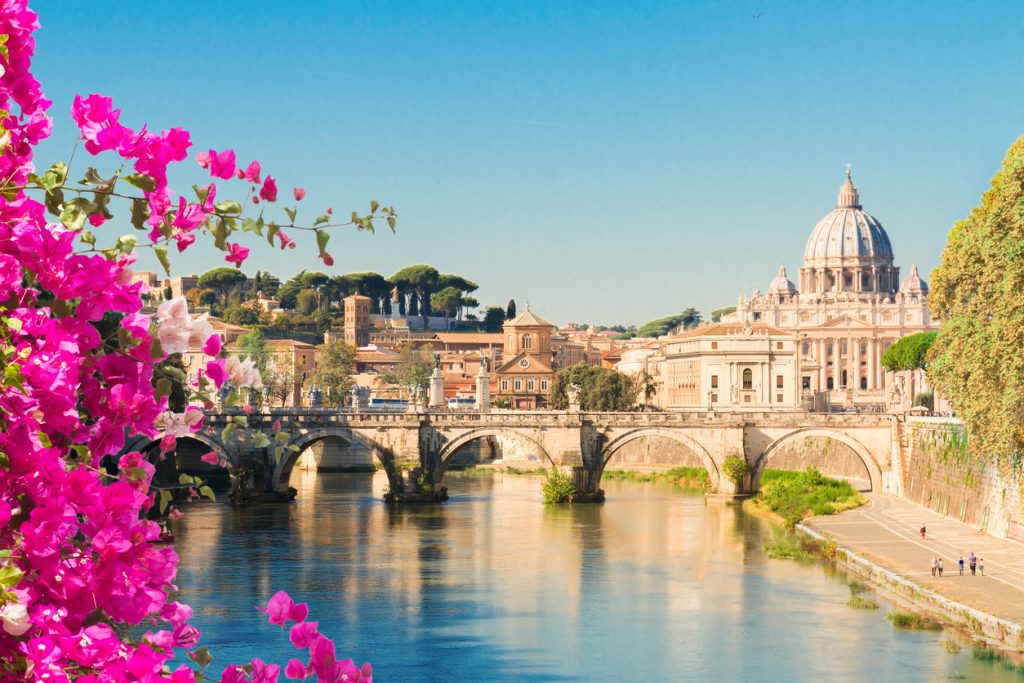
Eternal Allure
Rome is a city that refuses to be defined by a single narrative. It is ancient but alive, chaotic but comforting, overwhelming yet intimate. Whether you are a history buff, an art lover, a food fanatic, or a seeker of romance, Rome wraps you in its arms and whispers stories in your ear.
It’s in the quiet corners of the Jewish Ghetto, where traditions live on in kosher trattorias and faded carvings. It’s in the early morning hush of Campo de’ Fiori before the market stalls rise. It’s in the echoes of footsteps inside churches adorned with Caravaggio and in the gentle clang of church bells at dusk.
Rome doesn’t ask you to race through its treasures. It asks you to linger. To savour. To slow down and allow its layers to reveal themselves, one golden moment at a time.
And once you’ve walked its streets, touched its stones, tasted its flavours, and breathed in its history, you’ll understand why—like the coin tossed into the Trevi—Rome always calls you back.

